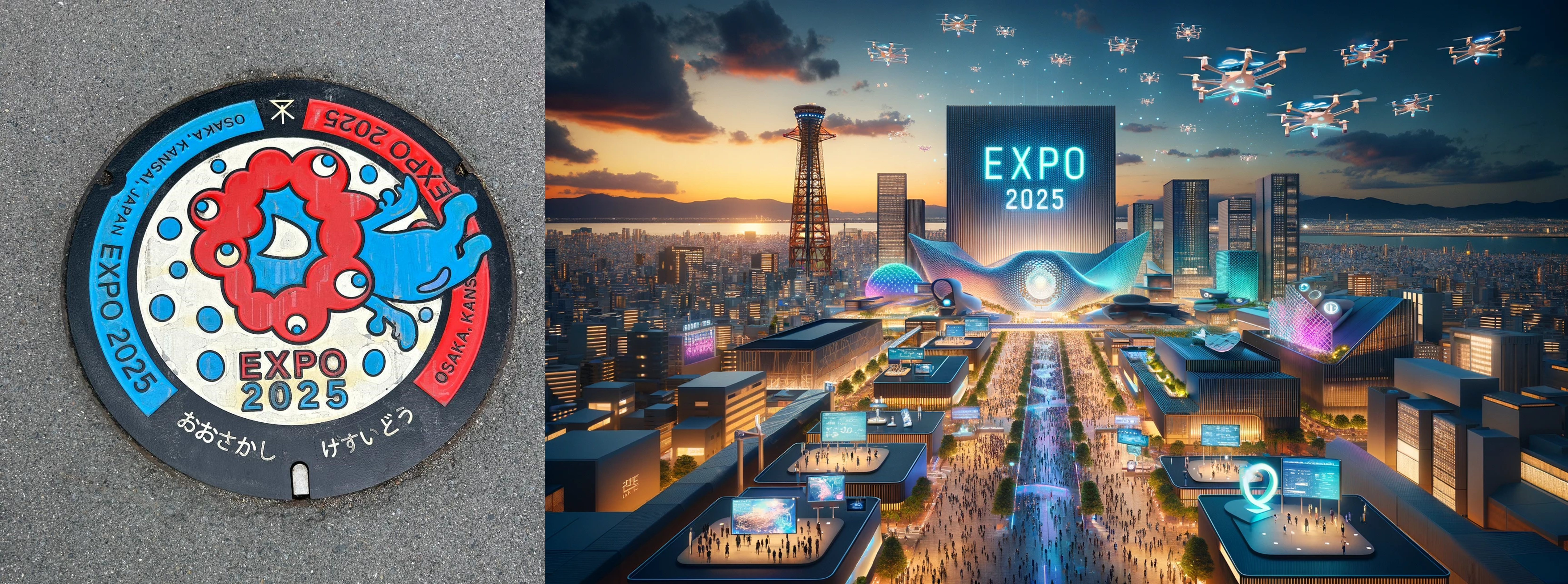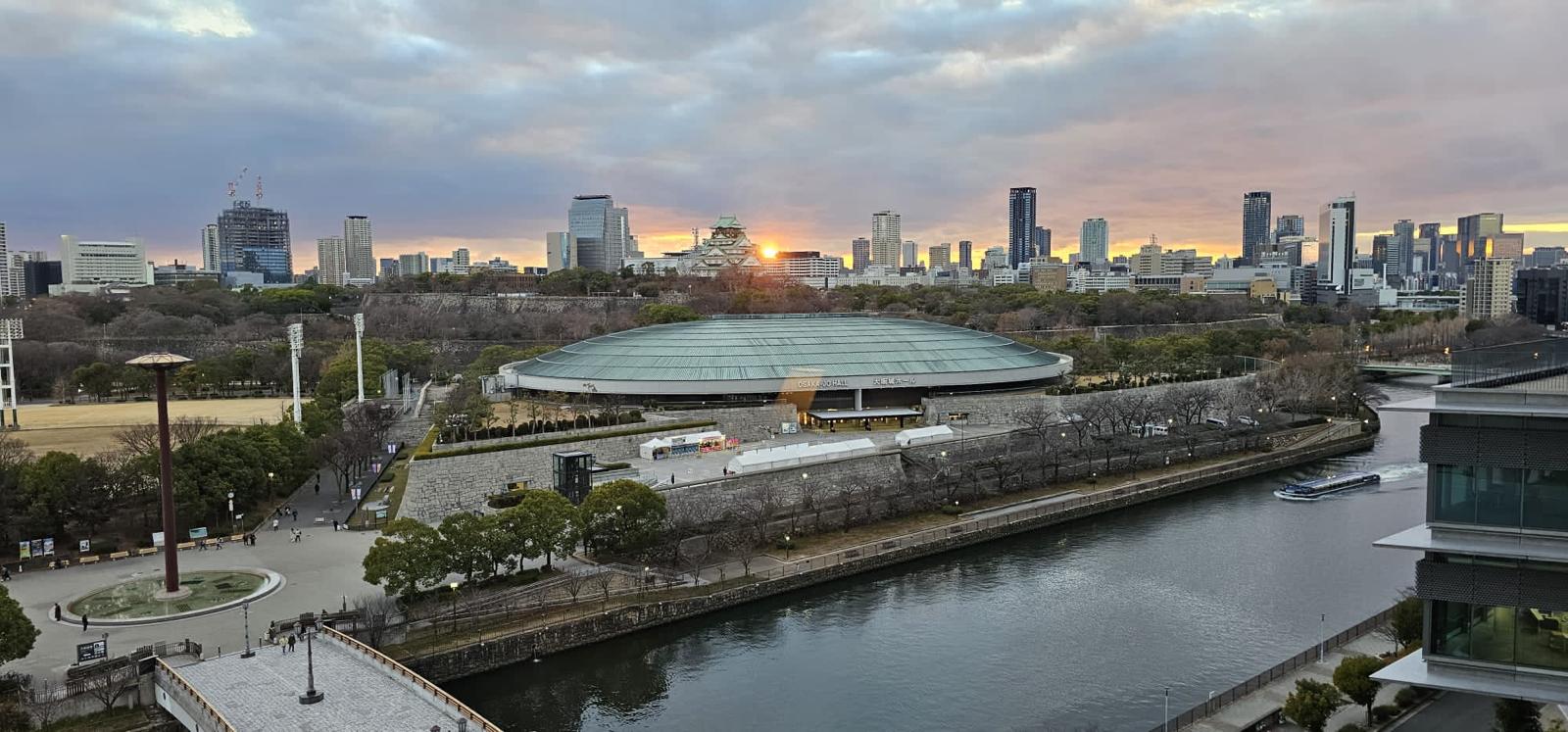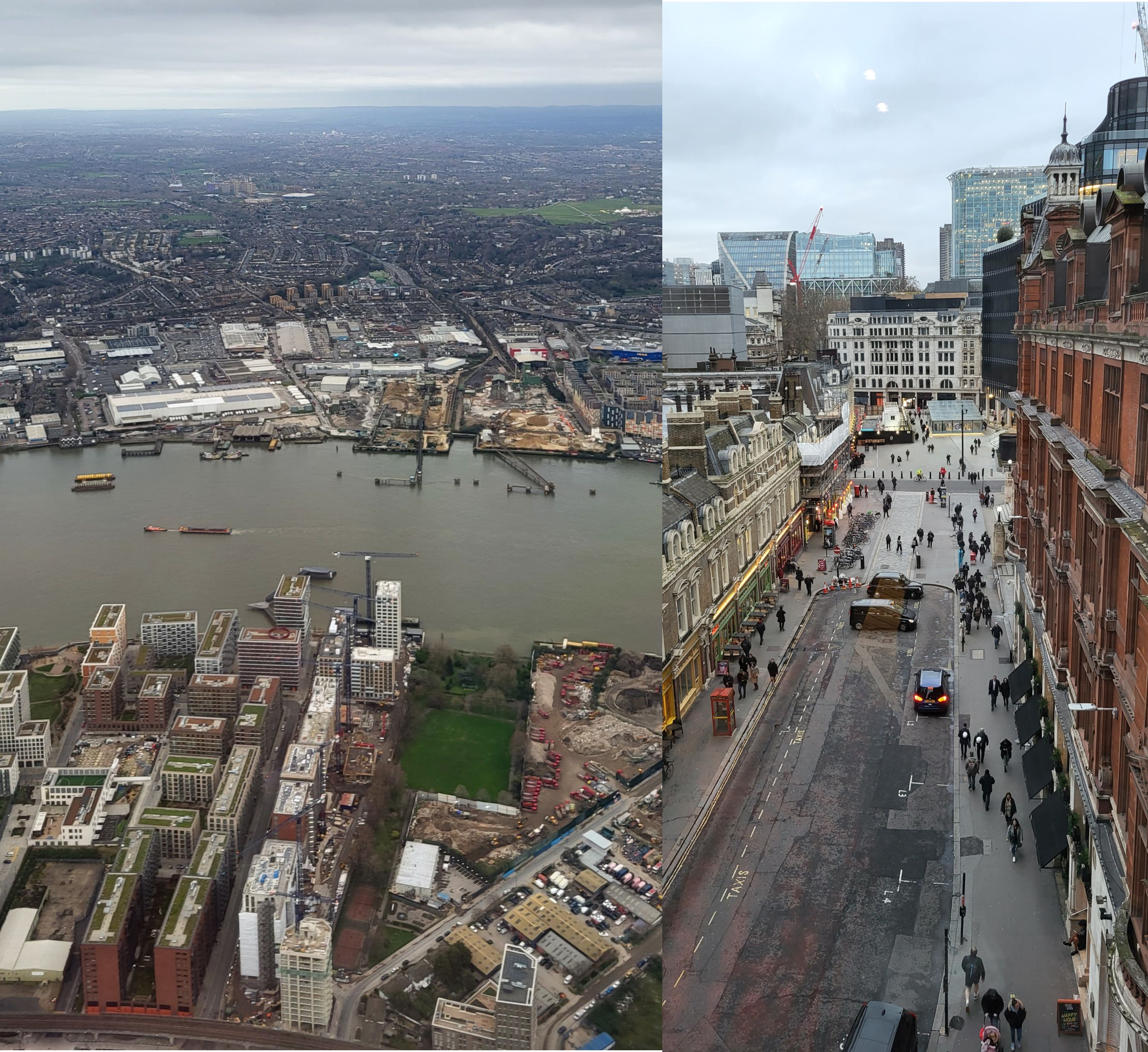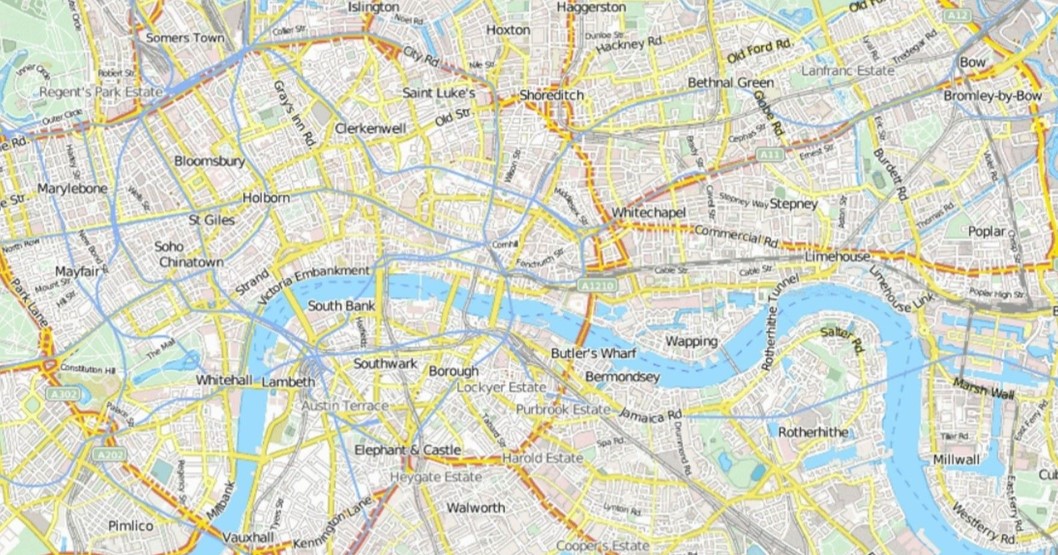MY FM Visits Worldwide



My visit from Jan. 2025: "LA on Fire – and Fighting Back with Innovation"
In January 2025, two of the most devastating wildfires in California’s history struck the greater LA area: the Palisades Fire and the Eaton Fire. With over $250 billion in damages, more than 16,000 structures destroyed, and tragic loss of life, it became painfully clear that existing protection systems were no longer keeping pace with rapid urban expansion. In response, the City of LA and the State of California launched the bold “LA 2.0” initiative— an ambitious rebuilding plan rooted in sustainability and technological foresight.Amid accelerated permitting processes, urban resilience planning, and billions in infrastructure investment, one key question stands out: How can we prevent future fires before they ignite—and contain them before they destroy? LA is pursuing a bold, forward-thinking approach and positioning itself as a testing ground for next-generation fire protection technologies in public spaces. Facility Management plays a central role in this shift, becoming an innovation driver in the urban fire safety landscape. Alongside traditional measures like fire-resistant materials and AI-based early detection systems, the city is exploring radical new infrastructure concepts.One idea that particularly inspired me is the concept of a subterranean sprinkler and hydrant network running along key roadways, automatically activating as wildfires approach and intervening before flames reach the city. This “Urban Fire Response Network” wouldn’t be deployed citywide, but strategically positioned at critical junctures: at the edges of residential areas, along major thoroughfares, near high-traffic intersections, and in vulnerable zones where urban development meets ignition-prone areas like dry vegetation or utility corridors. The system relies on an integrated array of sensors, detectors, and real-time data analysis. When a fire is detected advancing, embedded hydrants and sprinkler modules rise from the ground and begin targeted watering—saturating roadsides, sidewalks, lawns, vegetation, and trees to slow or stop the fire’s spread.A centralized AI continuously analyzes live inputs: wind direction, weather conditions, soil moisture, material stress levels, and fire dynamics. Based on predictive modeling, it determines which zones require irrigation, how much, and when. The result is an intelligent, dynamic defense system that doesn’t just react — it anticipates. A system that helps contain fires locally, before full-scale emergency response is needed. The City of LA has issued a global call for experts to help bring this vision to life, not only architects or engineers, but also Facility Management professionals who think holistically, plan across systems, and integrate technology into everyday urban environments.I contributed my expertise by submitting a proposal focused precisely on this intersection of infrastructure planning, fire protection technology, and intelligent system design. While my participation remains informal, the ideas and perspectives are actively shaping my ongoing work. LA stands as a blueprint for reimagining the urban landscape: proactive, interconnected, and resilient. future.
My visit from Oct. 24: "Toronto, a City Shaping the Future"
Toronto, Canada's largest city, exemplifies multiculturalism, innovation, and urban development like few other metropolises. As the country's economic hub, it sets benchmarks in the realms of start-up ecosystems, facility management, and digitalization, positioning itself as a city of the future.Toronto has emerged as a global hotspot for start-ups, offering unparalleled opportunities for entrepreneurs. The MaRS Discovery District, one of the world's largest innovation hubs, provides essential support to start-ups in fields such as cleantech, healthtech, and artificial intelligence. Combined with access to a deep talent pool from top-tier universities like the University of Toronto and a culturally diverse workforce, the city offers an environment where creativity and innovation thrive. Government-backed funding programs and venture capital investments further strengthen Toronto's status as a start-up incubator.In facility management, Toronto demonstrates an unwavering commitment to sustainability and community-focused urban planning. A prime example is the revitalization of the city's waterfront, particularly the Quayside project. Although the initial "smart city" vision by Sidewalk Labs was scaled back, its legacy endures in the continued focus on energy-efficient buildings, affordable housing, and public spaces that prioritize environmental and social responsibility. These efforts highlight the city's dedication to creating inclusive urban environments for all.Digitalization plays a pivotal role in Toronto's ambition to become a smarter, more efficient city. Initiatives such as the Open Data Portal enhance transparency and foster community-driven innovation, enabling developers and businesses to create solutions tailored to local needs. The city's substantial investments in 5G networks, autonomous vehicle research, and smart traffic systems further underscore its commitment to advancing urban technology and improving quality of life.Toronto masterfully combines innovation, inclusivity, and sustainability, offering a blueprint for future urban development. With its dedication to addressing modern challenges without compromising current living standards, Toronto remains a global example of how cities can thrive while preparing for an ever-changing future.


My visit from Aug. 24: Seattle, the Emerald City
Seattle impresses with its stunning location and innovative entrepreneurial culture.With a focus on sustainability and innovation, Seattle's infrastructure excels, featuring public transport like the Link Light Rail and an extensive bus network. Bike-friendly streets and numerous parks promote eco-friendly mobility. The transformation of neighborhoods like South Lake Union from industrial zones to vibrant, livable districts is particularly remarkable.The city prioritizes sustainability through initiatives like Zero Waste and renewable energy promotion, solidifying its role as a leader in environmental protection while attracting young talent and businesses.As a global hub for technology and innovation, Seattle is home to giants like Amazon and Microsoft, alongside a thriving startup ecosystem supported by universities, investors, and an open business culture. Coworking spaces and events like "Seattle Startup Week" draw creative minds from around the world.A highlight of my visit was Amazon's The Spheres, a testament to Seattle's innovation, blending nature and cutting-edge workplace design.Seattle seamlessly integrates living, work, and sustainability, setting a benchmark for urban growth and quality of life.
My visit from Jan. 24: "Osaka 2025: Innovation, Precision, and Resilience"
The preparations for Expo 2025 in Osaka offer a fascinating look at modern facility management and state-of-the-art infrastructure in the region. Osaka, as the host city for this significant event, sets standards in the efficient management and maintenance of facilities to ensure optimal conditions for visitors and exhibitors. The city not only showcases a technologically advanced infrastructure but also an impressive facility management aimed at ensuring the smooth operation of the Expo. These efforts reflect the Japanese dedication to precision, found not only in the technological field but also in various aspects of life such as nutrition and culinary arts. During my stay in Osaka, I experienced the unique combination of substantive depth and passion for precision. This is evident not only in technological innovations but also in the careful maintenance of infrastructure and in sophisticated facility management. These qualities are reflected not only in the preparation for the Expo but also in the daily lives of people in Osaka. In conclusion, I would like to point out that my time in Japan also revealed the other side of the coin – the extreme vulnerability, especially regarding the geographical position of the tectonic plates. The recent earthquake in January 2024 demonstrated the powerlessness against natural forces. Perhaps it is precisely this weakness that defines the determination for high substantive depth and precision in various aspects of life, including facility management. Osaka impresses not only with its strengths but also with the ability to draw an inspiring force for excellence from weaknesses.





